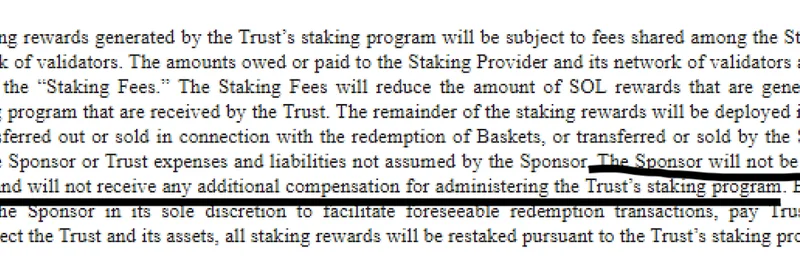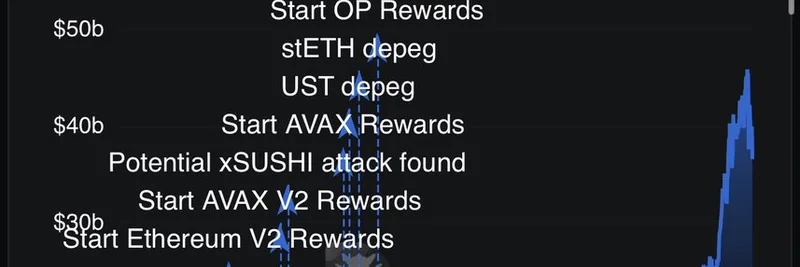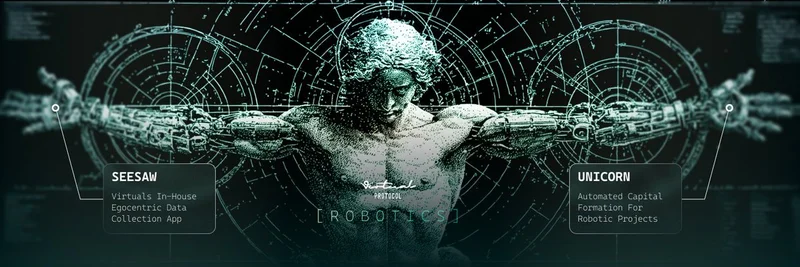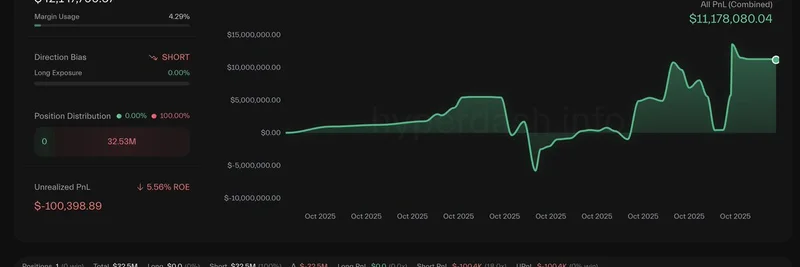The crypto world is buzzing again, this time over Canary Capital's latest move in the race for a spot Solana ETF. In a recent tweet from ETF analyst Eric Balchunas, we learned that Canary just dropped their sixth amendment to the filing, setting an expense ratio at 0.50% while promising not to take any cut from the Solana staking rewards. This is a big deal because staking is a key feature in Solana's network, where users lock up tokens to help secure the blockchain and earn rewards in return.
For those new to this, an ETF (Exchange-Traded Fund) is like a basket of assets you can buy and sell on the stock market. A spot Solana ETF would track the real-time price of SOL, Solana's native token, making it easier for traditional investors to dip into crypto without dealing with wallets or exchanges. But Solana's staking adds a twist—it's not just about price tracking; it's about generating extra yields through network participation.
Balchunas points out the comparison with Bitwise, another player in the game. Bitwise is offering a lower base expense ratio of 0.20%, but they're taking a 6% slice of the staking rewards, which could add up to an extra 45-50 basis points (that's finance speak for 0.45-0.50%) in effective fees. Canary, on the other hand, says they'll pass all staking rewards back to investors after paying the staking providers, without pocketing any themselves. This could make Canary's product more attractive for yield-hungry folks, especially in a market where every basis point counts.
Why Staking Matters in Solana ETFs
Staking on Solana isn't just a side hustle; it's core to the blockchain's proof-of-stake mechanism. Validators stake SOL to process transactions and maintain security, earning rewards that currently hover around 5-7% annually, depending on network conditions. In an ETF context, these rewards could boost the fund's net asset value (NAV), giving investors passive income on top of price appreciation.
But as Balchunas notes, it's tricky to compare fees apples-to-apples. The headline expense ratio doesn't tell the whole story because staking cuts happen behind the scenes, similar to how some stock ETFs handle securities lending. The real measure? Tracking difference—how closely the ETF follows Solana's price after all fees and rewards. Over time, funds that minimize hidden costs should outperform, but it might take months or years for that to show in the data.
In a follow-up tweet, Balchunas clarifies that Canary still has to pay staking providers, and we don't know their cut yet. This could make the effective fee landscape even messier as more filings roll in from competitors like VanEck or 21Shares. He even tags fellow analyst James Seyffart for more insights, hinting at the complexity ahead.
Implications for the Solana Meme Token Scene
At Meme Insider, we're all about the vibrant world of meme tokens, and Solana is ground zero for many of them—from Dogwifhat to Bonk and beyond. A spot Solana ETF could be a game-changer here. More institutional money flowing into SOL means increased liquidity and network activity, which often spills over to the meme coin ecosystem. Higher SOL prices could fuel more launches, trading, and hype on platforms like Pump.fun or Raydium.
Think about it: If ETFs make Solana more accessible, retail investors might flock to the chain, experimenting with low-cap memes. But there's a flip side—regulatory scrutiny on staking could set precedents for how DeFi yields are treated in traditional finance, potentially affecting meme token projects that incorporate staking or yield farming.
Replies to Balchunas's thread echo the excitement and confusion. One user asks if this is good or bad for SOL, to which Balchunas replies that easier access via ETFs usually helps a coin's adoption. Another mentions game theory in fee structures, predicting that net performance will separate winners over time. Even a satirical take from "White House Xray" calls it a "crypto casino," highlighting the rapid policy shifts under new administrations.
Looking Ahead: Fee Wars and ETF Approvals
With the government shutdown looming, some wonder if approvals might get delayed, but the filings keep coming. Canary's no-cut stance on staking could pressure others to follow suit, sparking a fee war that benefits investors. For meme token enthusiasts, this is worth watching—stronger Solana fundamentals could supercharge the next bull run in memes.
If you're building on Solana or just holding some fun tokens, keep an eye on these developments. They could reshape how we think about yields in crypto ETFs. For more on Solana's ecosystem, check out our guides on 主要なSolanaミームトークン or stakingの基本.
Stay tuned as we unpack more from the world of blockchain and memes right here at Meme Insider.




